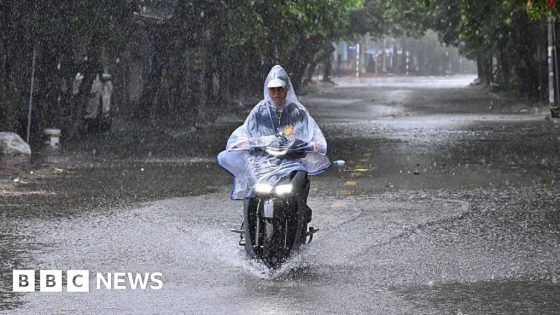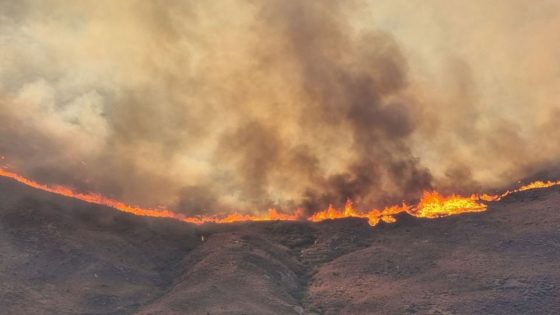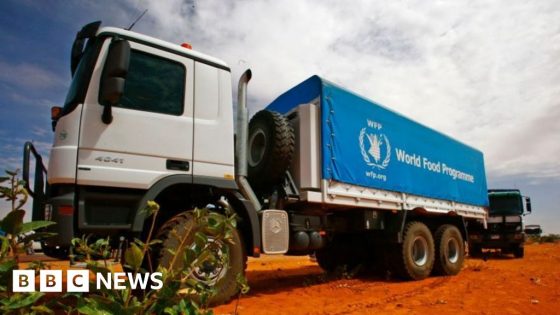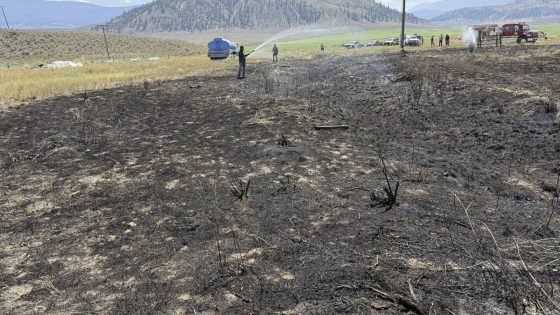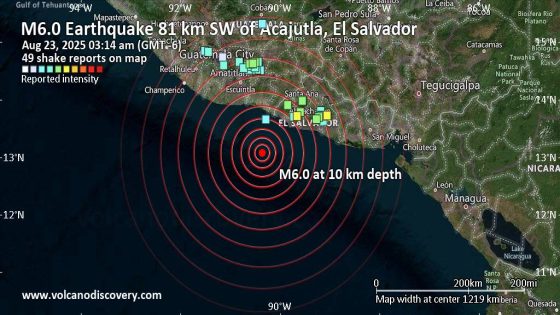A powerful typhoon has struck Vietnam, causing widespread destruction across coastal provinces. Typhoon Kajiki made landfall on August 25, 2025, bringing fierce winds and torrential rains that have uprooted trees and damaged homes.
- Typhoon Kajiki hits Vietnam's coastal provinces.
- Nearly 600,000 people ordered to evacuate.
- Previous storm, Typhoon Yagi, killed 300.
- High winds and flooding reported in Nghe An.
- Authorities warn of potential landslides and floods.
- Climate change may intensify future storms.
In response to the impending storm, nearly 600,000 residents were evacuated, and schools and airports closed to ensure safety. Evacuees described terrifying scenes, with waves reaching two meters high and roads submerged in water.
This latest storm follows the devastation of Typhoon Yagi, which claimed 300 lives in Vietnam last year. As Typhoon Kajiki continues to impact the region, meteorologists warn of potential flash floods and landslides, raising concerns about the safety of thousands.
What does this mean for the future of typhoons in Southeast Asia? The increasing frequency and intensity of storms raise urgent questions about climate resilience and preparedness. Key points include:
- Evacuations are crucial for safety in high-risk areas.
- Infrastructure must be strengthened to withstand severe weather.
- Climate change is likely exacerbating storm intensity.
- Regional cooperation is essential for effective disaster response.
As we face more extreme weather events, it’s vital for governments and communities to invest in resilience strategies to protect lives and infrastructure. Are we ready for the next storm?



